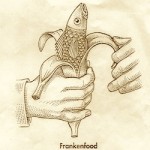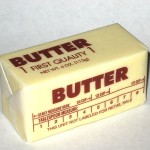 by Catherine Haug, Aug 4, 2014 (image, right from Organic.org)
by Catherine Haug, Aug 4, 2014 (image, right from Organic.org)
This post offers a summary of an article in Montana Organic Association’s Organic Matters newsletter, including quoted text. The original article is by Barry Flamm, Former National Organic Standards Board Chair and MOA Lifetime Member. You can read the full article on the MOA Website (1). It’s a long article; even my notes are long. Here’s what it all really boils down to:
- “Does the organic community and public want a strong NOSB (National Organic Standards Board) as prescribed by OFPA (Organic Food Production Act of 1990)?
- Does the organic community and the public believe and want the implementation of the overall principle of OFPA that for any product to be labeled organic it must be produced and handled without the use of chemicals with only temporary exemptions allowed and then only after stringent review?” (1)
If you have strong feelings in response to these questions, please contact your legislators and/or the White House (see our page: Government (Contact)). To contact the Secretary of Agriculture see US Secretary of Agriculture Contact Page.




